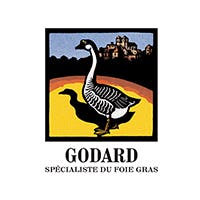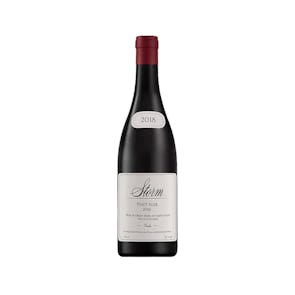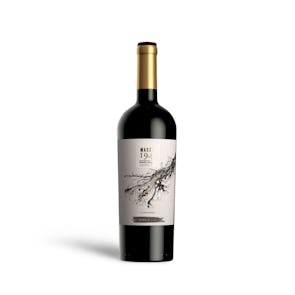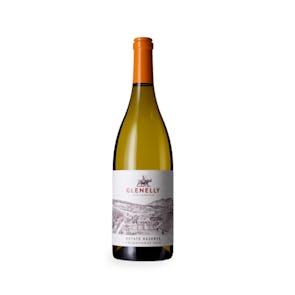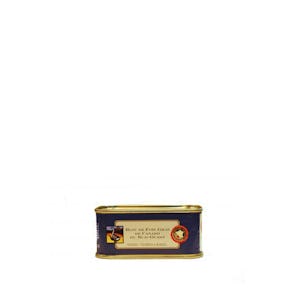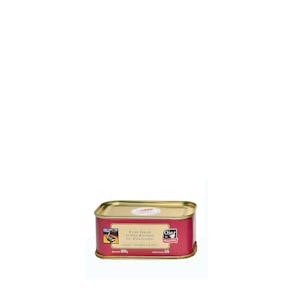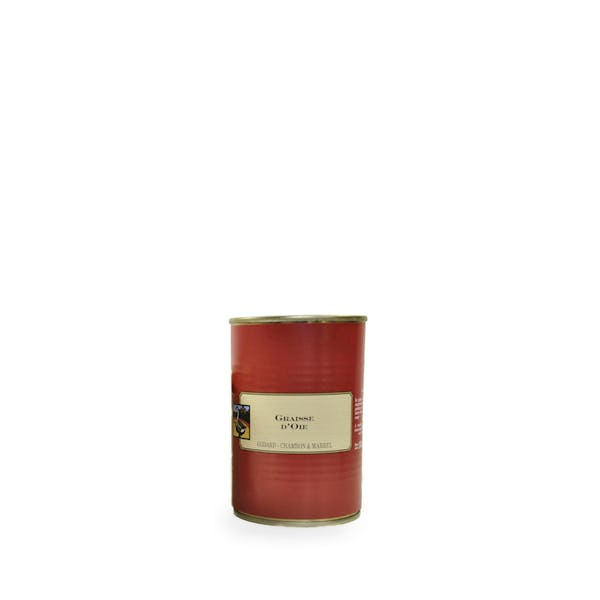
(Tuesday Dec 16 , 2025)
TASTING NOTES FROM THE CURATOR
Goose lard has a pale yellow-white color straight out of the tin and a very mild, fatty scent. Famous chefs like Jamie Oliver, Nigella Lawson, and the incomparable Mary Berry use different amounts of this fat in their roasts, and what matters in the end is that you use it to suit your tastes. When rubbed over food or heated in a pan, goose fat has no particular strong flavor but creates a sublime golden-brown buttery film on the skin of your roasted goods.
PREPARATION OR PAIRINGS
Goose lard is most famously used for roasting potatoes, resulting in that lovely golden color. It is also a great enricher for legume-based soups. Traditional Jewish cuisine also uses this rich fat quite a lot (though they call it schmaltz) in anything from dumplings to caramelized onions, to potato latkes, roasted vegetables, and even matzo ball soup. You can also use goose lard as a substitute for oil or butter in baking savory biscuits, cornbread, or tortillas.
A EUROPEAN STAPLE
Geese have been part of European cuisine since Greco-Roman times. From the 1200s, British goose fairs became common on St. Matthew’s Day in September. Their fat became part of the culinary repertoire around the 19th century and was even prized as a rubbing cure for chest colds. In France, goose lard is still often used in place of butter in cooking, especially in the southwestern regions of Gascony, Aquitaine, and Périgord.
Storage Instructions
Store your unopened tin in a cool, dark pantry for up to a year. After opening, transfer it into an airtight glass container and keep it in the refrigerator up to 3 months. For longer storage, press it into an ice cube tray and you can freeze it for up to 6 months.

